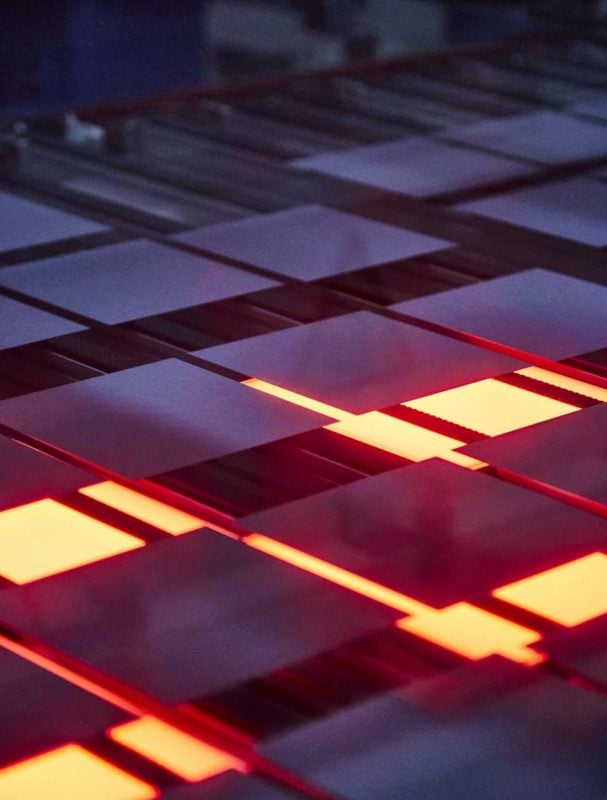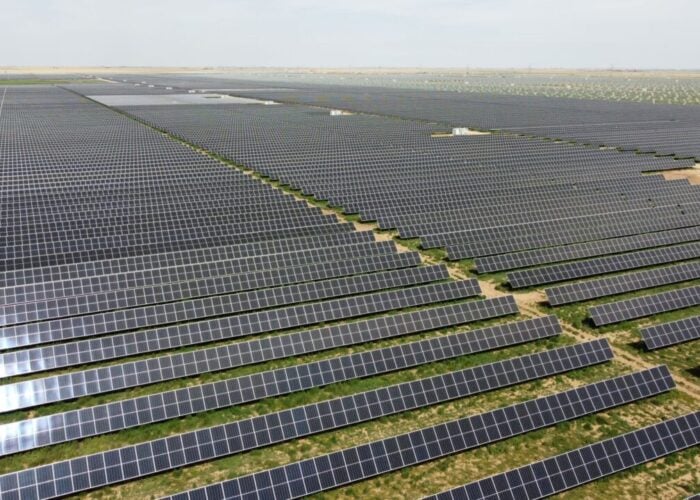
Updated: Hanwha Q CELLS has filed patent infringement complaints against JinkoSolar, REC Group and LONGi Solar.
A complaint filed with the Regional Court of Düsseldorf against REC and JinkoSolar is centred around the passivation technology used for its Q.ANTUM cells. The complaint seeks an order to stop REC and JinkoSolar from selling products in Germany that allegedly infringe on the patent.
Unlock unlimited access for 12 whole months of distinctive global analysis
Photovoltaics International is now included.
- Regular insight and analysis of the industry’s biggest developments
- In-depth interviews with the industry’s leading figures
- Unlimited digital access to the PV Tech Power journal catalogue
- Unlimited digital access to the Photovoltaics International journal catalogue
- Access to more than 1,000 technical papers
- Discounts on Solar Media’s portfolio of events, in-person and virtual
Or continue reading this article for free
Complaints against the pair and LONGi Solar have also been filed with the US International Trade Commission and the US District Court in Delaware.
“Intellectual property laws exist to incentivize innovation and protect innovations from being unfairly used, and we will vigorously defend our technology from infringement,” said Hee Cheul (Charles) Kim, CEO, Hanwha Q CELLS & Advanced Materials Corp.
Updated
JinkoSolar responded to the claims on 6 March, 2019.
LONGi Solar and REC Group have separately responded to the patent infringement cases on 7 March, 2019.
On 13 March, 2019 – Hanwha Q CELLS Australia together with Hanwha Q CELLS & Advanced Materials Corp filed patent infringement complaints with the Federal Court of Australia against JinkoSolar and LONGi Solar of Australian patent no. 20083232025.
The Australian patent [025] is directly related to US patent [215] that kick-started infringement cases in the US and Germany on 5 March, 2019.
Hee Cheul (Charles) Kim, Chief Executive Officer of Hanwha Q CELLS & Advanced Materials Corp said, “Our high-quality photovoltaic products have established us as an industry leader, and we are proud of our legacy of innovation. The products supplied by these two companies are using technology that we believe is protected by our Australian patent and we have taken these actions both to protect our property rights and to give the market confidence that research and development initiatives to develop future technologies can continue. We are not prepared to tolerate the unauthorised distribution in Australia of products that incorporate our patented technology.”
The patent claims asserted by Hanwha Q CELLS are not restricted to any particular method of manufacture, such as atomic layer deposition (ALD) or plasma-enhanced chemical deposition (PECVD). Instead, the asserted claims of Australian patent no. 20083232025 (and its equivalents in the U.S. and Germany) are directed to a solar cell structure with a first dielectric layer including aluminum oxide and a second dielectric layer that contains hydrogen.






